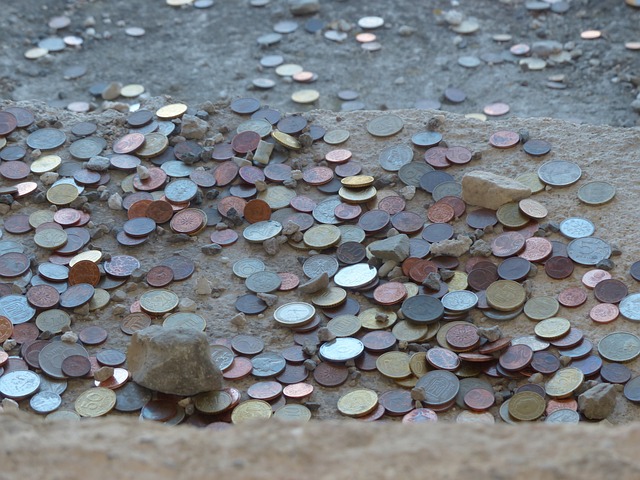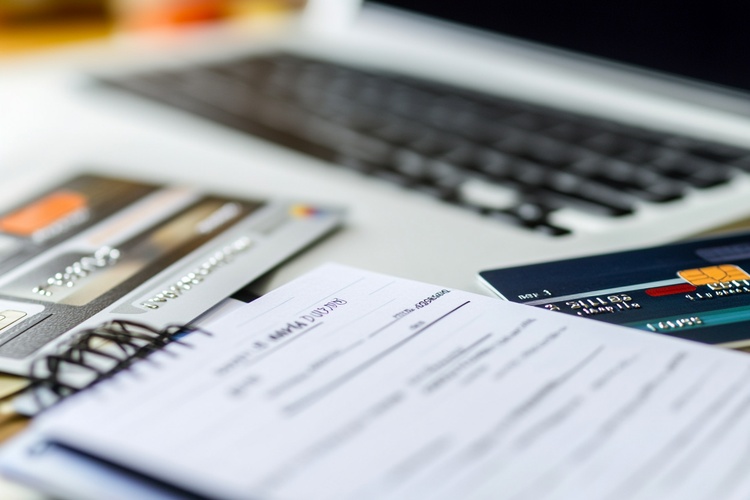Rare and Valuable Coins: A Comprehensive Guide to Collecting and Understanding Numismatic Treasures in the UK
Rare and valuable coins have fascinated collectors and historians for centuries, serving as tangible links to the past and symbols of national heritage. In the United Kingdom, coin collecting—often referred to as numismatics—encompasses a wide array of coins from ancient Celtic issues to modern commemoratives, each with its own unique story, rarity, and value. The allure of these coins lies not only in their monetary worth but also in the intricate designs, minting errors, historical significance, and the thrill of discovery. Whether unearthed in a metal detectorist's field, inherited from a family member, or acquired through reputable dealers, rare coins can represent both a rewarding hobby and a potential investment opportunity.

What defines a rare coin in the UK?
Rarity in UK coinage is determined by several factors. The age of a coin is often a significant contributor, with ancient and medieval coins generally being scarcer than modern issues. However, age alone does not guarantee rarity. The number of coins minted, survival rate, and historical context all play crucial roles. For instance, a coin from a short-lived monarch’s reign or one with a minting error may be considerably rarer than an older, more common coin. Additionally, the condition of the coin, known as its grade, can greatly affect its rarity and value, with well-preserved specimens being particularly sought after by collectors.
Which are the most valuable British coins to collect?
Some of the most valuable British coins are those with historical significance or extreme rarity. The 1933 George V penny is often cited as one of the rarest and most valuable British coins, with only a handful known to exist. Other highly prized coins include the 1738 King George II gold 5 guineas, the 1703 Queen Anne VIGO five guineas, and the 1839 Una and the Lion five-pound piece. More recent rarities include the 2009 Kew Gardens 50p, which has become highly sought after due to its limited mintage of just 210,000 coins.
How can collectors identify rare coins in circulation?
While finding extremely rare coins in circulation is unlikely, it’s not impossible. Collectors should familiarize themselves with key dates, mint marks, and design variations that can indicate a potentially valuable coin. For example, the aforementioned 2009 Kew Gardens 50p or certain commemorative £2 coins with minting errors are worth checking for. It’s also important to examine older pre-decimal coins, as some can have significant value. Tools like coin guides, magnifying glasses, and digital scales can aid in the identification process. However, for precise authentication and valuation, consulting with a professional numismatist is often necessary.
What factors influence coin values in the UK market?
Several factors influence the value of collectable coins in the UK market. Rarity is paramount, with coins produced in limited quantities or those that have a low survival rate commanding higher prices. The condition of the coin, graded on a scale from poor to mint state, significantly impacts its value. Historical significance, such as coins associated with important events or figures, can also drive up prices. Market demand plays a role, with popular themes or designs often fetching premium prices. Lastly, the precious metal content of gold and silver coins provides a baseline value, which can increase with the metal’s market price.
What are some unique aspects of UK coin collecting?
UK coin collecting offers a rich tapestry of history and artistry. One unique aspect is the presence of coins from pre-decimal times, which ended in 1971. These coins, such as shillings, florins, and crowns, provide a tangible link to Britain’s past monetary system. Another fascinating area is the collection of milled coins, which began in the 17th century and marked a significant technological advancement in coin production. The Royal Mint’s long history, dating back over 1,100 years, means that UK coins often feature intricate designs and portraits that reflect changing artistic styles and historical events. Additionally, the UK’s rich maritime history is often reflected in its coinage, with many rare coins being recovered from shipwrecks.
How can collectors value and trade their rare coins?
Valuing and trading rare coins requires careful research and often professional assistance. For an initial assessment, collectors can consult reputable coin catalogues, online databases, and price guides specific to UK coinage. However, for accurate valuation, especially of rarer pieces, it’s advisable to seek the opinion of a certified numismatist or a reputable coin dealer. When it comes to trading, collectors have several options. Auction houses specializing in numismatics can be an excellent venue for selling valuable coins, while online marketplaces cater to a wider range of collectables. Coin fairs and numismatic societies also provide opportunities for trading and networking with fellow collectors.
| Coin Description | Estimated Value Range (GBP) | Key Factors |
|---|---|---|
| 1933 George V Penny | £50,000 - £200,000+ | Extreme rarity, historical significance |
| 2009 Kew Gardens 50p | £100 - £200 | Limited mintage, high demand |
| 1738 George II 5 Guineas | £50,000 - £250,000+ | Age, rarity, gold content |
| 1703 Queen Anne VIGO 5 Guineas | £200,000 - £500,000+ | Historical significance, rarity |
| 1839 Una and the Lion 5 Pounds | £100,000 - £500,000+ | Artistic value, rarity |
Prices, rates, or cost estimates mentioned in this article are based on the latest available information but may change over time. Independent research is advised before making financial decisions.
In conclusion, collecting rare and valuable coins in the UK offers a fascinating journey through history, art, and economics. From ancient Celtic coins to modern minting errors, the field of numismatics provides endless opportunities for discovery and investment. Whether you’re a seasoned collector or a curious newcomer, understanding the factors that contribute to a coin’s rarity and value can enhance your appreciation of these miniature masterpieces. As with any collectible market, knowledge, patience, and careful research are key to building a rewarding coin collection.



